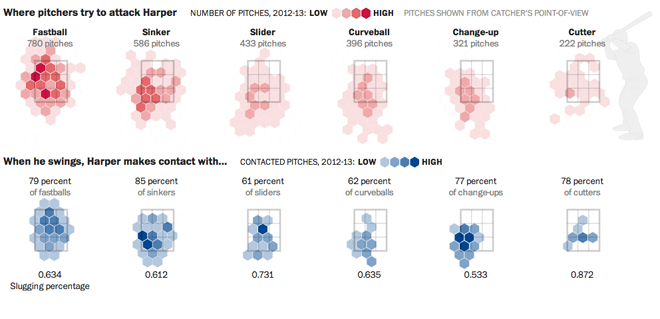By the time this post goes live, Scotland will have already been voting on independence for several hours. At the time of writing this post, it appears more a toss-up than anything else. And so today we highlight a piece that is a little bit different than what I might normally cover. Here we have a long-form piece from the BBC that looks at how different trends across recent decades of history have converged at this point in time to give Scotland this choice.

Credit for the overall piece goes to Allan Little, Paul Kerley, Finlo Rohler, Jonathan Duffy, Kevin McKeown, Darren McLarkey, Marcelo Zanni, Sally Morales, Giles Wilson, and the opening illustration (the screen capture) is Cognitive Media.


